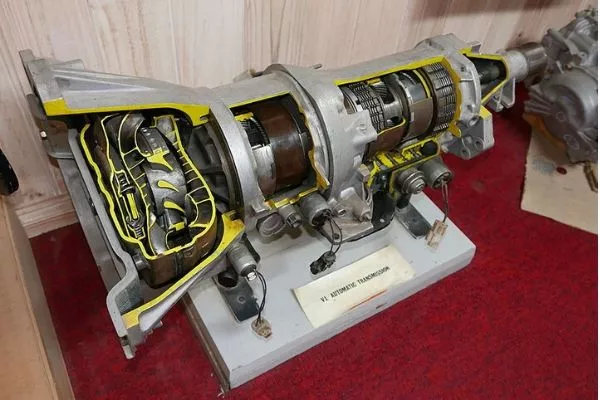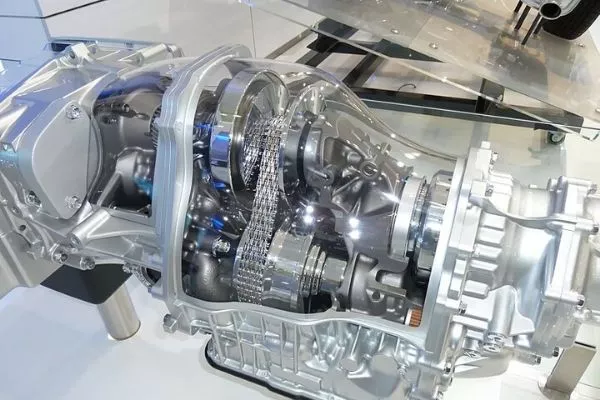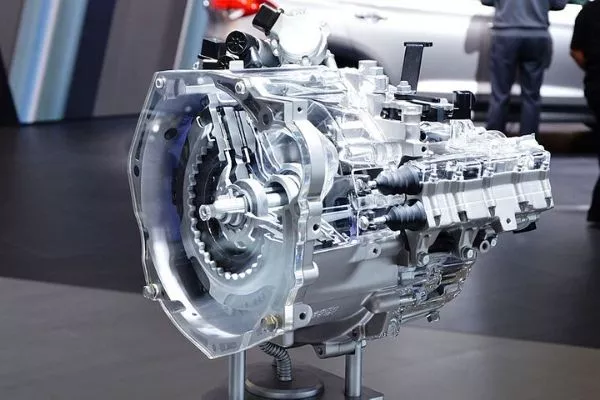Cars have always been about convenience; that much can be gleaned throughout their existence. Since the introduction of the internal combustion engine, automotive evolution has been about making the drive less of a task and more of a thrill.
Different Types of Transmissions, Explained - Philkotse Explain Like I'm 5
One of the biggest bones of contention is the car’s transmission. Purists will still want to drive stick on their rides, while the rest prefer the ease and comfort of an automatic, especially when braving heavy traffic on a regular basis.
Modern cars now offer a selection of hands-free gearboxes, the better for drivers to focus on the road ahead. Let’s look at three types, and the differences between each.
Traditional Automatic
The most common kind is the traditional automatic transmission, found on a wide range of vehicles from econoboxes to pricey luxury cars. Early automatic transmissions only had three forward gears, with four-speed gearboxes becoming the norm. Nowadays, it’s not uncommon to find six-, seven-, or eight-speed automatics on passenger cars.
Traditional automatics are also called torque-converter automatics, since they replace the standard clutch on manual transmissions with a torque converter constantly connecting the gearbox and the engine.
The converter is made up of three components: an impeller driven by the engine, a turbine coupled to the transmission, and a stator that multiplies torque.

The torque-converter automatic transmission has a wide range of applications
Filled with oil, the torque converter transmits torque through an oil pump regulating the flow of the oil inside the unit, spinning the turbine, and sending drive to the gearset.
The gearset uses a planetary layout, with the gears arranged around each other (similar to how planets orbit around the sun). Changing which gears spin in relation to the others also changes drive ratios, with the gearbox computer choosing the most ideal ones either for acceleration or cruising.
Traditional automatics generally shift gears smoothly, apart from being reliable due to their robust construction. But they are also seen as inefficient since they rely on a fluid coupling between the input and output shafts, and this results in higher fuel consumption compared to other transmissions. Fortunately, the power loss isn't as bad as on the early automatic transmissions introduced to the market.
>>> Related: Learn about the 4 most popular types of transmission these days
Continuously Variable Transmissions
Continuously variable transmissions or CVTs don’t use gears for shifting. Instead, they employ a system of pulleys and belts, which allows an infinite range of variable gear ratios depending on engine speed, unlike the fixed ratios on steel gears.
Also known as shiftless or stepless transmissions, CVTs comprise two split pulleys linked together by a steel belt or chain. The conical shape of the pulleys allows for simultaneous adjustable diameters as the belt slides up and down along the length of either pulley, since the length of the belt is fixed.

CVTs use two variable-diameter pulleys linked by a belt or chain
Some CVT designs are toroidal in nature, which uses two discs and rollers in between to transmit power. One disc serves as the input and the other as the output, while the rollers vary the ratio to transfer power. The shifts are achieved by moving the rollers along the axis of the discs, varying the angle as necessary.
CVTs are generally regarded as the best in terms of fuel efficiency, and are especially smooth in stop and go traffic. However, they are not as responsive under heavy acceleration, and some people don’t particularly like the buzzing sound they generate during operation.
Since CVTs are driven by belt or chain, they are also prone to what is called the rubber band effect that happens when the pulleys struggle to keep up with the engine speed (such as when the gas pedal is floored), resulting in a jerking motion as the car moves forward.
Dual-Clutch Transmission
If one clutch can manage shifting through a certain number of gears, imagine what two can do? Dual-clutch transmissions or DCTs, as the name implies, use two separate clutch units arranged in a concentric layout. The larger clutch engages the even-numbered gears, while the smaller clutch is assigned to the odd-numbered gears.

Lightning-fast shifts on DCTs make them suitable for high-performance cars
>>> Related: To your opinion: Pros and cons of dual clutch transmission
Since a dedicated clutch is already standing by on the next available gear, all the computer needs to do is release the present clutch and engage the other.
Swapping cogs takes much less time than it does even on a manual transmission, resulting in faster upshifts and downshifts with almost no loss in torque.
For this reason, DCTs are commonly used in performance applications, although they are also found in more mainstream consumer models. One caveat with DCTs, however, is that their increased complexity makes them expensive to repair, apart from contributing to a given model’s high sticker price. More moving parts also means a DCT makes the car heavier.
Furthermore, DCTs are sometimes prone to hesitating when moving the vehicle from a standstill, as the transmission software needs more time in selecting the right gear, resulting in lag.
Whether it's a torque converter automatic, CVT, or DCT, another option they come with in the market today is a manumatic feature, which puts a manual mode for drivers to downshift or upshift on demand. This is usually engaged either by a Sport mode on the transmission console or paddle shifters on the steering column.
If you’re in the market for a new car, which automatic transmission suits your needs and driving style?
Keep it here on Philkotse.com to know more about how your cars work.
Recent posts
- 5 RWD sports cars with manual transmission priced under $15,000 Oct 20, 2022
- Don't fear the stick! Why it rules to drive a manual transmission Nov 08, 2022
- Car maintenance: 5 signs of automatic transmission problems Aug 17, 2022
- 5 common myths about automatic transmission and the truth behind it Nov 30, 2022
- Maintenance tips: This is how to do proper automatic transmission clean Aug 16, 2022












